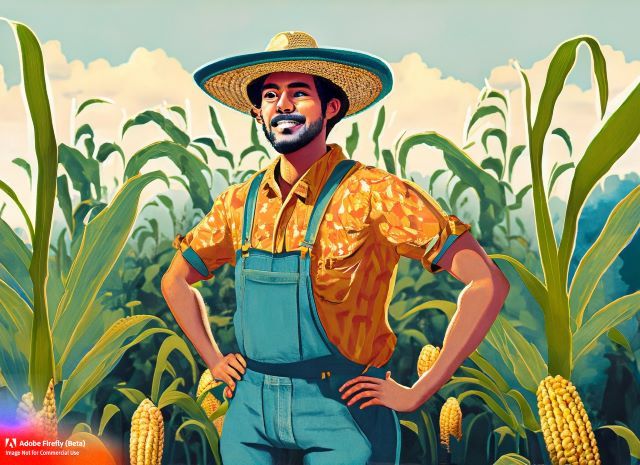The Golden Blessing: Unraveling Mexico's Corn Heritage
Discover the rich history, cultural significance, and culinary versatility of corn in Mexico. Explore its vital role in the nation's economy, agricultural heritage, and global food security. Dive into the world of Mexico's golden blessing and its unifying power across cultures.





